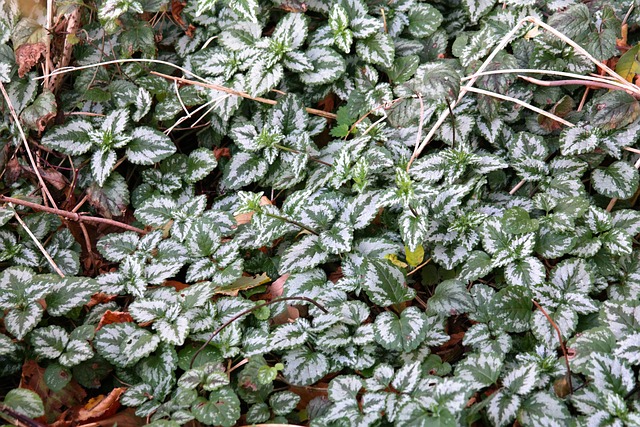bicho empalhado ✨ Bicho Empalhado: A Controversial Intersection of Nature, Art, and Ethics

Bicho Empalhado: A Controversial Intersection of Nature, Art, and Ethics
In a world increasingly aware of the delicate balance of ecosystems and the ethical dilemmas surrounding wildlife, the practice of taxidermy—commonly known as "bicho empalhado" in Portuguese—stands at the crossroads of art, science, and morality. While some regard the preservation of animal specimens as a legitimate art form, others condemn it as an affront to the sanctity of life. This dichotomy raises essential questions about our relationship with nature and the implications of human intervention in the animal kingdom.bicho empalhado

Taxidermy, in its essence, is the art of preserving the skins of animals and mounting them in lifelike positions. Traditionally, it has served various purposes, including scientific research, education, and decoration. Museums and educational institutions have utilized taxidermied specimens to foster a deeper understanding of biodiversity and the importance of conservation. However, as society progresses and our awareness of animal rights and environmental issues grows, the practice of taxidermy has come under scrutiny.
Critics argue that taxidermy represents a form of exploitation. The act of taking a life to create an object for human admiration can be seen as a violation of the inherent dignity of the animal. This perspective is particularly poignant in a time when wildlife populations are dwindling due to habitat destruction, climate change, and poaching. With countless species on the brink of extinction, the ethicality of preserving their likeness through taxidermy becomes increasingly contentious. Is it right to immortalize a creature in such a manner when its living counterparts face such dire threats?
On the other hand, proponents of taxidermy assert that the practice can serve as a powerful tool for education and conservation. By showcasing taxidermied animals, we can engage the public's interest in wildlife, fostering a sense of connection to the natural world. This connection can, in turn, inspire individuals to take action in conservation efforts. Museums and educational displays often highlight the ecological roles of various species, facilitating a greater understanding of biodiversity and the necessity of protecting our planet's inhabitants.
Furthermore, taxidermy can be viewed as a form of artistry. Skilled taxidermists meticulously preserve and mount animals, allowing them to be presented in a way that highlights their beauty and complexity. This artistic expression can evoke emotions and provoke thought, prompting viewers to reflect on the broader implications of humanity's impact on wildlife. In this light, taxidermy becomes more than mere preservation; it transforms into a medium through which we can explore the intricate relationship between humans and animals.bicho empalhado
Nevertheless, the argument for taxidermy as an educational and artistic practice cannot overshadow the ethical concerns it raises. The question remains: how can we ethically engage with the practice in a world where many animals are facing extinction? The increasing popularity of ethical taxidermy—using only animals that have died of natural causes or accidents—attempts to address these concerns. This approach seeks to respect the dignity of the animal while still allowing for the preservation of its form. However, the line between ethical and unethical practices can often become blurred, and the potential for exploitation remains.
Moreover, the rise of virtual reality and digital technologies offers an alternative to traditional taxidermy. Immersive experiences that simulate wildlife encounters can educate the public without the need for physical specimens. This technological advancement raises a critical question: should we continue to pursue taxidermy in an age where we can create lifelike representations of animals without causing harm?bicho empalhado

As we navigate this complex landscape, it becomes crucial to foster a dialogue surrounding the practice of taxidermy. Engaging stakeholders from various fields—conservationists, artists, educators, and the public—can lead to a more nuanced understanding of the implications of taxidermy. By examining the ethical dimensions, we can cultivate a more compassionate approach to how we relate to the natural world.bicho empalhado
In conclusion, the practice of "bicho empalhado" encapsulates the multifaceted relationship between humanity and the animal kingdom. It challenges us to confront our values and beliefs regarding life, art, and conservation. As we move forward, it is essential to strike a balance that honors the complexity of nature while promoting ethical engagement. Ultimately, the future of taxidermy may lie in our ability to reconcile our desire for artistic expression and education with the imperative to protect the precious lives that inhabit our planet. In this ongoing discourse, we must remain vigilant, compassionate, and committed to finding pathways that honor both the art of preservation and the sanctity of life.
Fale conosco. Envie dúvidas, críticas ou sugestões para a nossa equipe através dos contatos abaixo:
Telefone: 0086-10-8805-0795
Email: portuguese@9099.com


